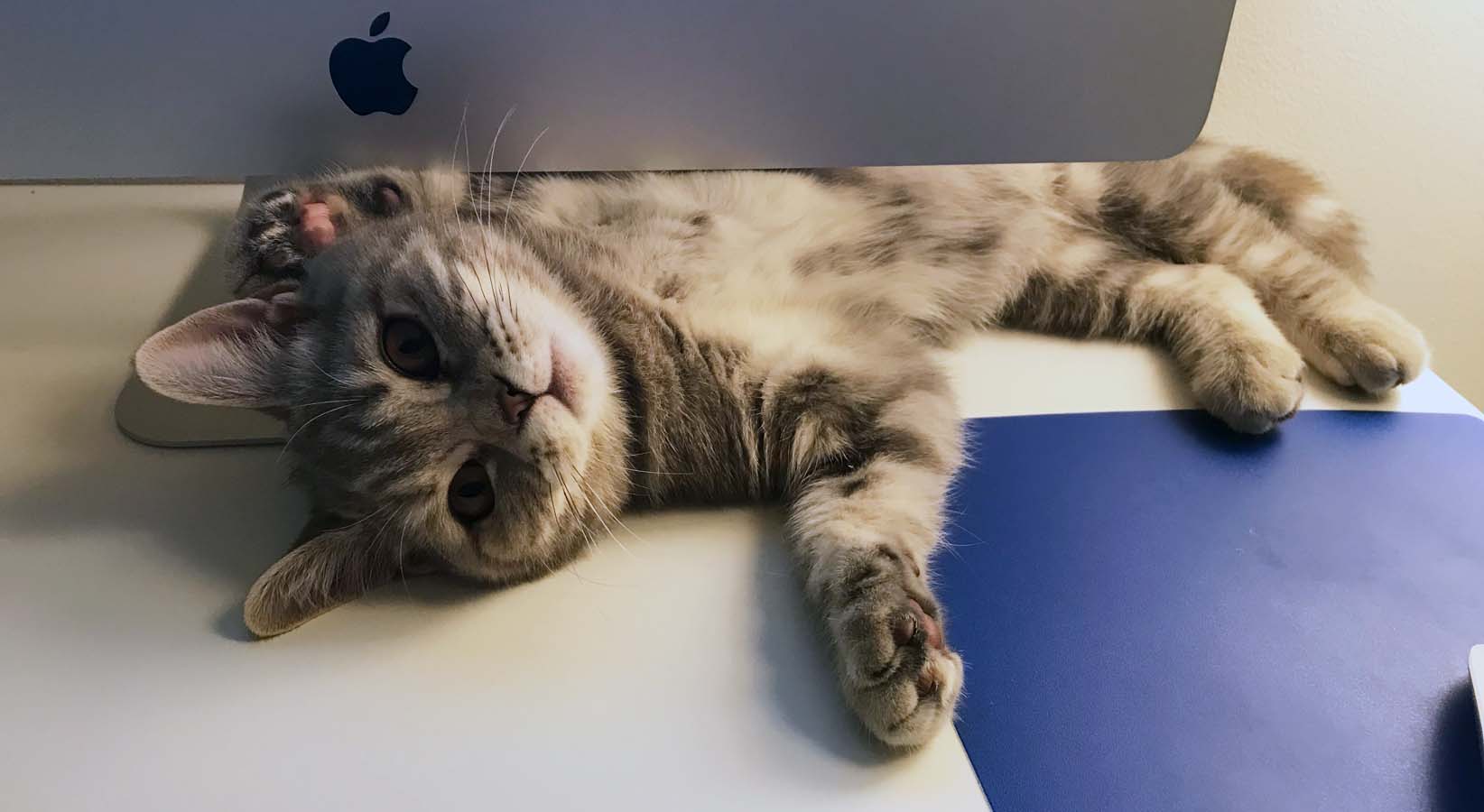
The Myth of Multitasking
Multitasking is the attempt to perform two or more unrelated tasks at once. We all try it, but most of us fail. In fact, not only is it inefficient, it can also be harmful. By trying to multitask we often make more mistakes, take longer to accomplish a task, reduce our creativity and tire out our brains. This affects our work life and how students learn. The video below explains how our brains can truly only focus on one task at a time.
If we can’t genuinely multitask, what can we do instead to maximize our efficiency? Health and wellbeing writer Janet Ungless in her article Multitasking Is a Myth. Here’s What to Do Instead, suggests three alternatives:
- Cultivate calm. When we try to multitask we are often stressed out. Instead, try a mindfulness meditation session to calm and focus the brain. If meditation isn’t your thing, studies have shown that listening to instrumental music can invoke a positive mood and help to achieve better focus.
- Make a productivity plan. Planning or listing the tasks of the day before diving in helps to lighten your cognitive load. And don’t forget to plan for breaks!
- Resist temptation. While concentrating on a task, try not to shift your attention to the email that just arrived or the text message you’ve received. By putting away your phone or turning off notifications on your computer, you choose to put your attention where it matters the most.
Learn More
Find out more about why multitasking is a myth and some techniques you can practice instead:
- 15 Teacher-Tested Tips for Getting Kids to Stop Multitasking
- Busting the multitasking myth
- The Myth of Multitasking: Think you can multitask well? Think again.
- The Pomodoro Technique
- Single-Tasking: The Sane Alternative to Multitasking
- Why Multitasking is Making you Sloppy at Work
Now, does anyone know how to turn off a distracting kitten?

Related Blog Posts
Back to Basics: Sentence Structure
Welcome to our Back to Basics series! This week we discuss teaching sentence structure.
What is Intellectual Freedom?
This week is Freedom to Read Week! Learn about the core concept of intellectual freedom.
Memory – Remembering and Forgetting
Learn tips for improving memory for you and your students.
